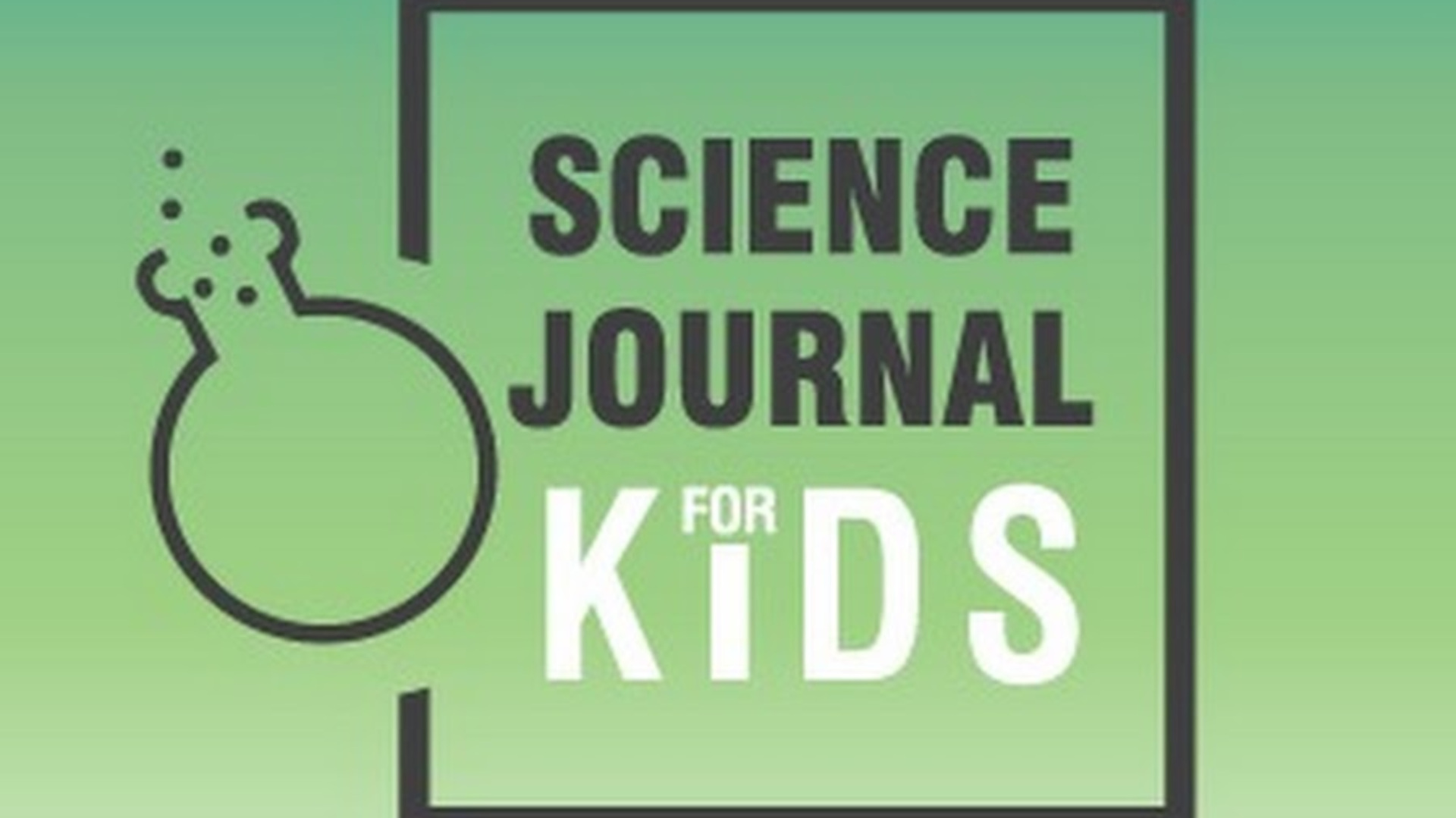5 Mental Health Tips for Educators During the Pandemic
As the pandemic continues, educators and school leaders need to proactively focus on nurturing positive mental health strategies

Teaching has never been easy. The expectations educators put on themselves as well as those that others put on them have always been high, and burnout is a very real hazard of the profession.
Henry Seton, an Ohio humanities teacher, is an advocate of mental health for educators and believes these long standing issues have been exasperated for many during the pandemic.
“We have gravely underestimated the stresses for most teachers this year, whether inadequate safety provisions for in-person instruction, unrealistic demands for hybrid instruction, or the burdens of remote teaching while being a parent,” Seton says. “There is a strong case for getting certain groups of students back to in-person instruction as soon as possible—elementary school students, students with disabilities, etc.—but this argument has at times been advanced with flagrant disregard for teacher safety and well-being.”
Since March educators have devoted a great deal of time to helping their students navigate the emotional challenges of pandemic learning, but they also need to think about their own mental health.
1. Practice self-care
“We always look at the student being ready to learn but we need to make sure the teacher is ready to teach,” says Mary Ann Burke, Ed.D., is a digital education expert and co-author of Student-Engaged Assessment, and a substitute distance learning teacher for Oak Grove School District in San Jose, California. “That includes making sure she eats properly, sleeps properly, exercises, relaxes, meditates, journals—whatever it takes.”
Dr. Barry A. Schreier, chair of the Association for University and College Counseling Center Directors and director of University Counseling Service at the University of Iowa, says educators need to be more forgiving of themselves.
“When faculty get exhausted I think the immediate thought is, ‘What's wrong with me? Why am I struggling?’ Or, ‘Why am I not being more resilient?’” Schreier says. “And the fact of the matter is resilience is not a bottomless resource and it often needs recharging.” Professors can recharge their resilience by giving themselves permission to do less in these trying times, he says. “That can be things such as, ‘I'm going to produce three papers this semester,’ ‘I'm only going to produce two,’ or, ‘I'm only going to write one grant this year.’”
Tech & Learning Newsletter
Tools and ideas to transform education. Sign up below.
2. Avoid digital burnout with engaging teaching strategies
“Right now, many of us are 100 percent distance teaching, or many of us are doing hybrid teaching,” Burke says. “It's very demanding being online and trying to be everything to students when you can't really get close enough to them to see everything that's going on. There's a lot of body language, and a lot of environmental types of things, you can't see.”
To combat these difficulties and limit their stress, teachers need to engage students. “I'm watching many teachers on a statewide and national level right now, and they're utilizing a variety of activities that include online instruction games, interactive PowerPoints, videos, online educational games, exercise activities, and project-based learning with lots of very strategic relaxation and breaks,” says Burke.
Teachers should also ensure that the student is documenting what they're learning and can reflect on it, which validates the teacher, Burke says.
3. Be strategic with educational goals
Teachers need to consider what work during this unusual school year brings the greatest ROI (return on investment), Seton says.
“Many teachers are exhausting themselves exploring the vast jungle of online edtech platforms with the assumption that this will remotivate students during remote learning,” he says. “Often simpler, easier moves might actually bring more leverage. For example, a few phone calls home or a bit more personal feedback on student work to strengthen relationships with students.”
Teachers need to give themselves permission to teach less standards and expect less growth than usual from students this year. “So many educators are torturing themselves attempting to bring about academic results comparable to those of pre-COVID school years,” says Seton.
4. Be understanding
One of the top complaints Schreier has heard from students this semester is that faculty made no sort of allotments for the semester being a pandemic as well as for remote learning and everything being different. He says as he and others looked into this charge they found that this business-as-usual philosophy that’s been harmful to students and educators started at the top.
“For some faculty and staff, the expectations above them didn't change either. And so they just simply let it trickle down,” Schreir says. “One of the critical things we really talk about with faculty and staff is that we sort of have to check our norms before we wreck our norms. School is hard, getting tenure is difficult on really, really good days, and these have not been really, really good days.”
5. Encourage a new culture
Administrators should take positive steps to help educators, Seton says.
“School leaders need to model vulnerability so as to create a culture that normalizes rather than stigmatizes the issue of teacher mental health,” he says. This is a key step in terms of building resources to support teacher well-being.
“Something I am hearing a lot about this year is school leaders presenting in a way that is toxically optimistic, leaning too hard into their role as cheerleaders to the point that teachers feel that their concerns are not being acknowledged and respected,” Seton says. Teachers look to school leaders to model how to grapple with the complex emotions—both positive and negative —that have accompanied this challenging year.
“Many still hold onto the idea of teacher martyrdom, that committed educators should never complain nor hesitate to make sacrifices for their students,” Seton says. “We can be too judgmental of teachers—assuming, for example, that if a teacher is floundering, that it is their fault, and that it is their responsibility to get back on track on their own.”
Erik Ofgang is a Tech & Learning contributor. A journalist, author and educator, his work has appeared in The New York Times, the Washington Post, the Smithsonian, The Atlantic, and Associated Press. He currently teaches at Western Connecticut State University’s MFA program. While a staff writer at Connecticut Magazine he won a Society of Professional Journalism Award for his education reporting. He is interested in how humans learn and how technology can make that more effective.

